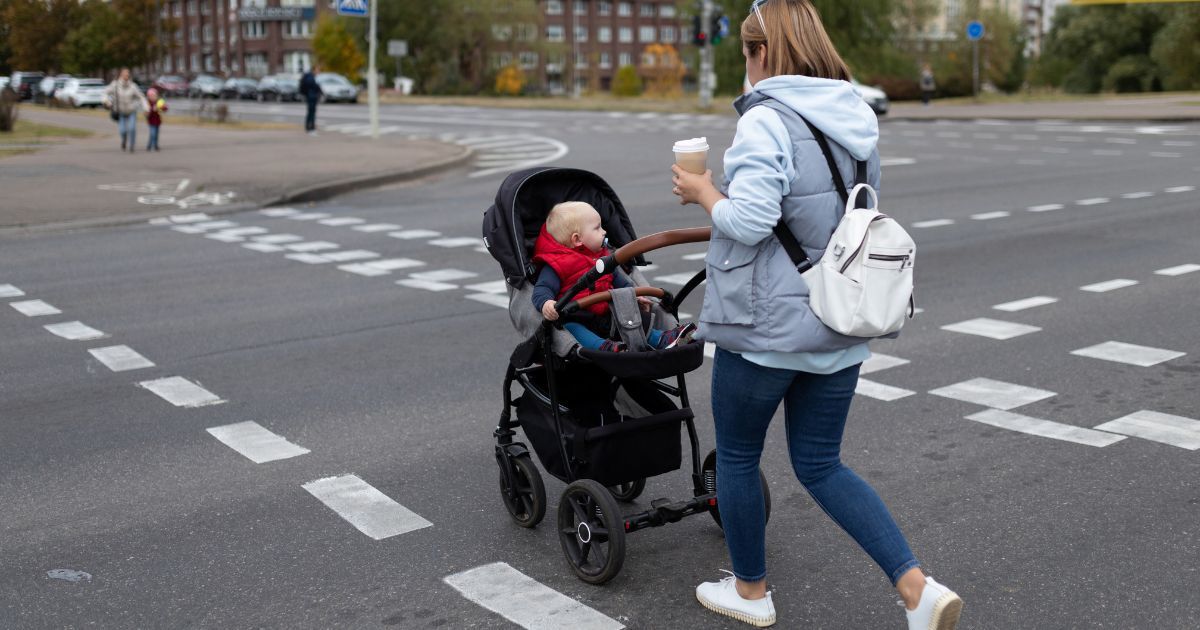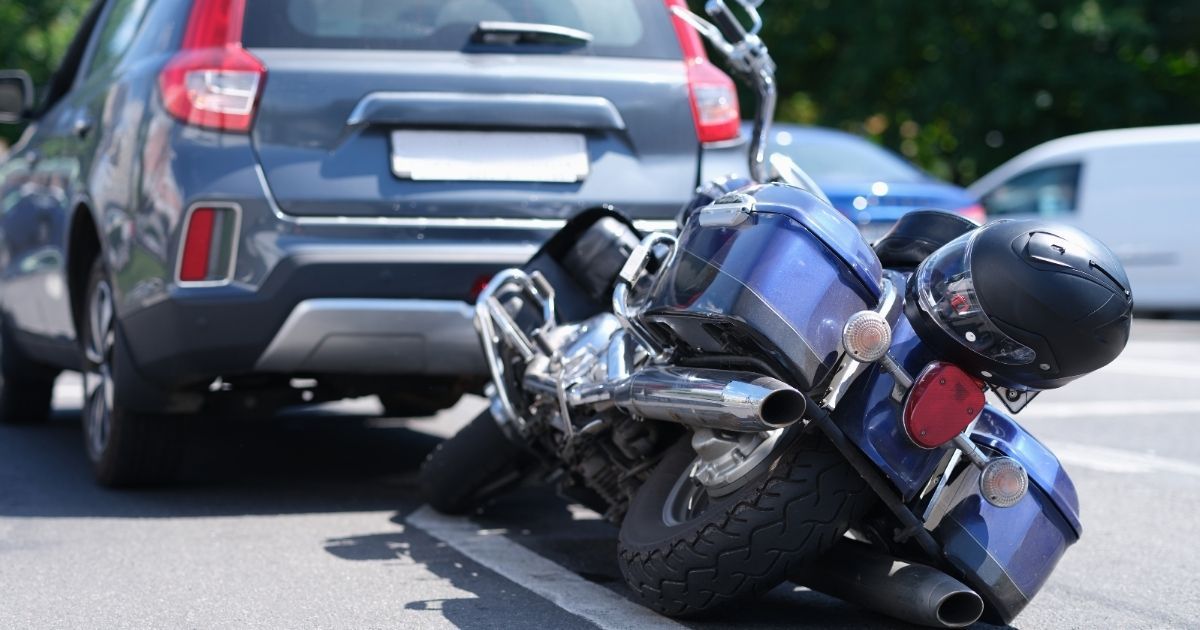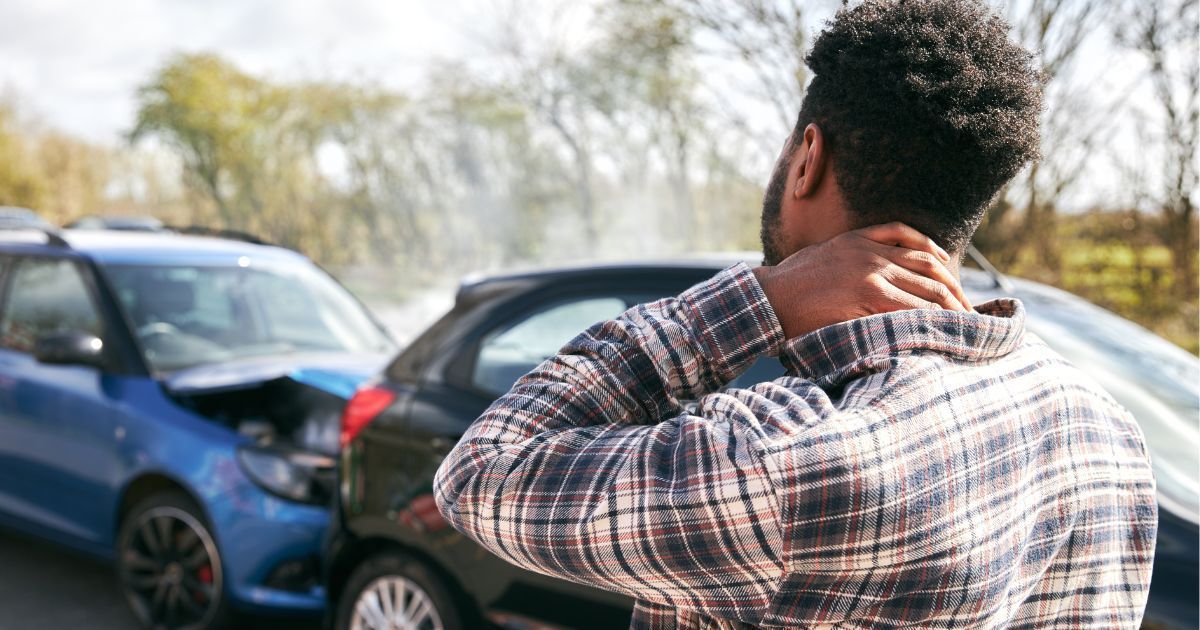Understanding Comparative Negligence in Massachusetts Personal Injury Cases
Recent Posts
Frequently Asked Questions (FAQ)
What happens if I'm 50% at fault in a Massachusetts accident?
You can recover 50% of damages, as the bar applies only over 50%.
How is fault determined in personal injury cases?
Fault is determined through evidence review by judges or juries, often with expert input.
Can comparative negligence apply to all injury types?
Yes, comparative negligence apples to all injury types including car accidents, slips, and workplace incidents.
Why consult a Dedham lawyer for these cases?
Local expertise ensures tailored strategies for Massachusetts-specific rules.
In Massachusetts, when someone gets hurt in an accident like a car crash, slip and fall, or workplace injury, the law doesn't always put all the blame on one person. Instead, it shares the fault between everyone involved. This idea is called "comparative negligence," and it's a key part of personal injury cases here. Simply put, comparative negligence means figuring out how much each person contributed to the accident and then adjusting the money (called damages) the injured person gets based on their share of the blame. If you're a little at fault—say, less than half—you can still get some compensation, but it's reduced by your percentage. But if you're mostly to blame (51% or more), you might get nothing at all.
This rule helps make things fairer for everyone, especially in a state like Massachusetts where accidents happen every day on busy roads or in crowded places. For residents in areas like Dedham or Greater Boston, knowing this can help you protect your rights. Attorney Jason Ranallo, with years of experience in personal injury law, can guide you through it to reduce your blamed share and get the best possible outcome.
What Is Comparative Negligence in Massachusetts?
Comparative negligence, or comparative fault, apportions blame in personal injury cases where more than one party contributes to the harm.
Imagine you're in a fender-bender at a stoplight. The other driver was texting and rear-ended you, but you were going a bit over the speed limit. Both of you played a role in the crash. Comparative negligence is the legal way to split the responsibility-like slicing a pie of blame into pieces that add up to 100%.
Massachusetts follows a "modified" comparative negligence system under General Laws Chapter 231, Section 85.
Key points include:
- Your payout gets cut by whatever percent of the fault is yours. For example, if you're 30% at fault and your total damages (like medical bills and lost wages) are $10,000, you'd get $7,000 instead.
- If your fault is 51% or higher, you can't collect any money from the other side. This is called the "51% bar rule."
- It's fairer than old-school rules in some states (called contributory negligence), where even 1% fault could mean zero recovery. Massachusetts lets you recover as long as you're not mostly to blame.
Unlike contributory negligence in some states, Massachusetts allows partial recovery, making it more claimant-friendly.
How Does Comparative Negligence Impact Personal Injury Claims in Massachusetts?
In court or during settlement talks, a judge, jury, or insurance adjuster looks at all the facts and assigns fault percentages that total 100%. Even a small change in those numbers can mean thousands of dollars more or less in your pocket. To make this clearer, let's walk through several real-world scenarios. These examples show how the rule plays out in everyday accidents, helping you see why details matter.
Car Accident
You're in a collision at an intersection with $100,000 in damages (medical costs, car repairs, etc.). The other driver ran a red light (80% at fault), but you weren't wearing your seatbelt, which made your injuries worse (20% at fault). You can still recover $80,000. But if the jury says you're 55% at fault (maybe for distracted driving too), you'd get nothing.
Slip-and-Fall
You're in a collision at an intersection with $100,000 in damages (medical costs, car repairs, etc.). The other driver ran a red light (80% at fault), but you weren't wearing your seatbelt, which made your injuries worse (20% at fault). You can still recover $80,000. But if the jury says you're 55% at fault (maybe for distracted driving too), you'd get nothing.
Pedestrian Accident
A pedestrian jaywalks across a busy street (30% at fault) and gets hit by a driver who was speeding and distracted (70% at fault). Damages are $200,000 for hospital bills and pain. The pedestrian recovers $140,000. If the pedestrian was running across at night without looking (say, 60% at fault), they'd get zero.
Workplace Injury
An employee at a construction site falls from a ladder, with $75,000 in damages. The employer didn't provide proper safety training (60% at fault), but the worker skipped wearing a harness (40% at fault). The worker gets $45,000. If the worker was mostly to blame for ignoring clear rules (52% fault), they would recieve no compensation from the employer.
Bicycle Accident
A cyclist is hit by a car turning right without signaling ($40,000 damages). The driver is 65% at fault for not checking mirrors, but the cyclist was riding without lights at dusk (35% at fault). The cyclist recovers $26,000. This shows how visibility issues can shift blame in bike-vs-car cases common in Boston traffic.
Dog Bite
You're bitten by a neighbor's dog while walking in a park ($30,000 damages for stitches and therapy). The owner didn't leash the dog as required by law (75% at fault), but you teased the dog by waving a stick (25% at fault). You'd get $22,500. If you trespassed into their yard to provoke it (55% fault), you couldn't sue successfully.
Mulit-Party Accident
In a three-car pileup on the highway ($150,000 total damages for you), Driver A rear-ends you (50% fault), Driver B cuts in unsafely (30% fault), and you were tailgating slightly (20% fault). You recover $120,000, split between the other drivers based on their shares. This highlights how blame can be divided among multiple people in chain-reaction crashes.
Why Do You Need Experienced Legal Guidance for Comparative Negligence Cases?
Insurance firms often inflate claimant fault to reduce payouts, highlighting the need for expert help. A skilled lawyer gathers evidence like witness accounts, expert opinions, and reconstructions to argue lower blame.
Without representation, claims may be undervalued or denied. Jason Ranallo, a trusted Dedham, MA personal injury attorney, specializes in building robust cases under Massachusetts law to protect client rights.
Conclusion
Comparative negligence balances responsibility in Massachusetts personal injury claims but demands precise handling to secure deserved compensation. If injured in Dedham or Greater Boston,
contact Jason Ranallo Law for a free consultation. With proven experience, Attorney Ranallo fights for your best interests.










